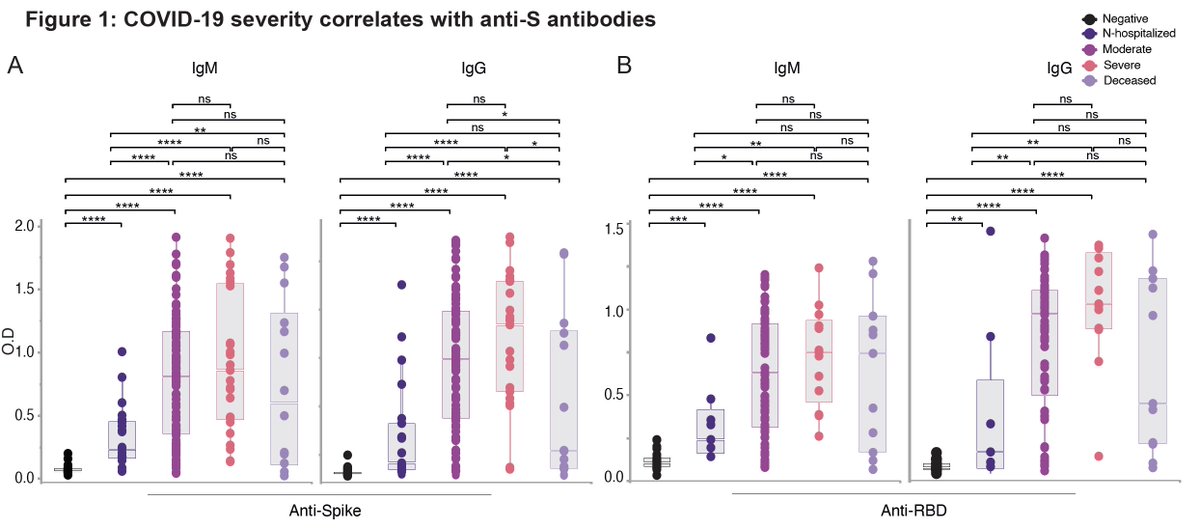
This video shows that vaccines have helped some people with #longCOVID with their symptoms. While the numbers are still small in some groups, there are encouraging signs (also via @DanielGriffinMD).
I present my hypothesis on how vaccines might improve #LongCovid 🧵 (1/)
I present my hypothesis on how vaccines might improve #LongCovid 🧵 (1/)
https://twitter.com/longnetherlands/status/1365073758952775685
Back when I first learned about #longcovid in June 2020, I proposed 3 possible mechanisms.
1) Persisten viral reservoir
2) Viral fragments/remnants (RNA, protein) 'viral ghost’ driving inflammation
3) Autoimmune response induced by the infection (2/)
theatlantic.com/health/archive…
1) Persisten viral reservoir
2) Viral fragments/remnants (RNA, protein) 'viral ghost’ driving inflammation
3) Autoimmune response induced by the infection (2/)
theatlantic.com/health/archive…
Since then, many studies have provided support for all of these. Viral reservoirs are found in tissues, viral RNA is found in non-respiratory tissues ⬆️ inflammation (@virusninja) 👇🏽, and diverse autoantibodies found in COVID patients (@Aaronmring). (3/)
cell.com/immunity/fullt…
cell.com/immunity/fullt…
These are not mutually exclusive mechanisms. If 1) is true, vaccine-induced T and Ab responses may be able to eliminate the reservoir. If 2) is true, vaccine-induced immunity may be able to eliminate the viral ghost if they are associated with the spike protein. (4/)
If 3) is true, still the vaccine might divert autoimmune cells (see below). I suspect that people with #LongCovid have varying degrees of 1), 2) and 3) taking place and are therefore should considered as heterogenous disease. Of course, other mechanisms can contribute. (5/)
Another possible way in which vaccines can help #longCOVID symptoms is through stimulation of innate immune responses (caused by vaccine-associated PAMPs). Transient inflammation might somehow divert the leukocytes causing #longCOVID (6/)
cell.com/cell/fulltext/…
cell.com/cell/fulltext/…

If this is the case, the beneficial impact of vaccines will not be long lasting.
It is also possible that adaptive immune responses induced by vaccines divert the leukocytes causing #longCOVID - not clear for how long or how (7/)
It is also possible that adaptive immune responses induced by vaccines divert the leukocytes causing #longCOVID - not clear for how long or how (7/)
To determine which mechanism(s) are responsible for vaccine-mediated improvement in #longCOVID, we can design a trial. Adding on @EricTopol;
A) mRNA SARS-CoV-2 Spike vaccine
B) mRNA irrelevant antigen vaccine (e.g. ZIKV)
C) mRNA not coding for protein
D) Placebo (saline)
(8/)
A) mRNA SARS-CoV-2 Spike vaccine
B) mRNA irrelevant antigen vaccine (e.g. ZIKV)
C) mRNA not coding for protein
D) Placebo (saline)
(8/)
https://twitter.com/erictopol/status/1365420856944390144
The outcome of the trial (summarized below) can tell us both what may be driving #longCOVID as well as possible therapy. Such a trial may be difficult for various reasons but is worth considering. Also, it would be great if there’s an animal model to try first. (9/) 

If mRNA not coding protein improves #LongCovid even transiently, we can think of stimulating innate immune system using viral PAMPs or IFN-b periodically (kind of like MS therapy). Lastly, my hope is that the data from such trial may also inform treatment of #MECFS. (end)
• • •
Missing some Tweet in this thread? You can try to
force a refresh









